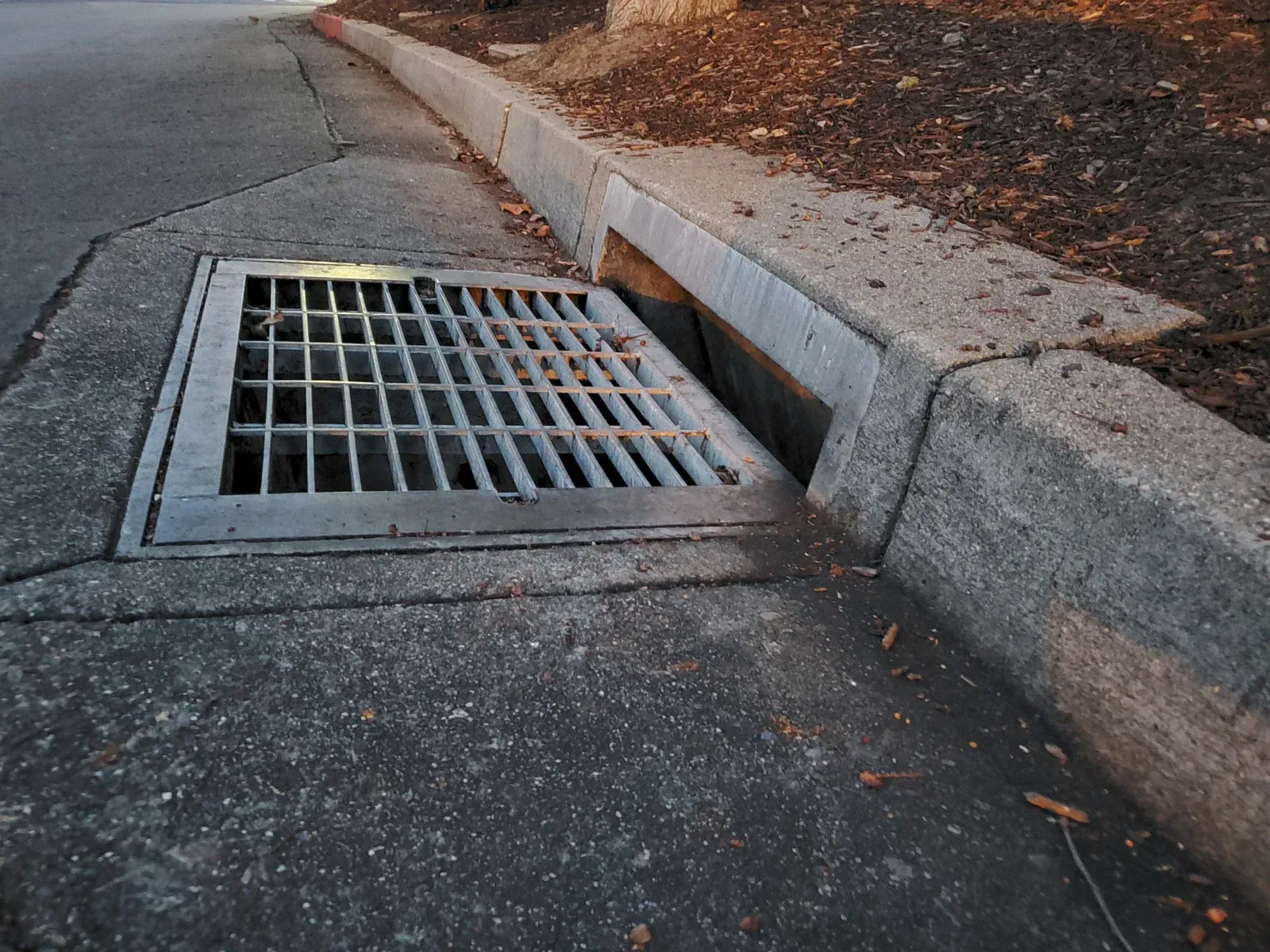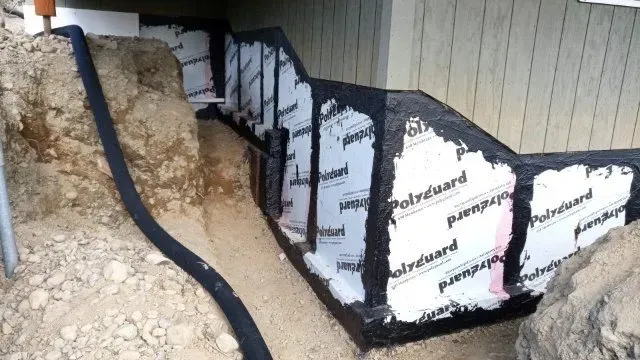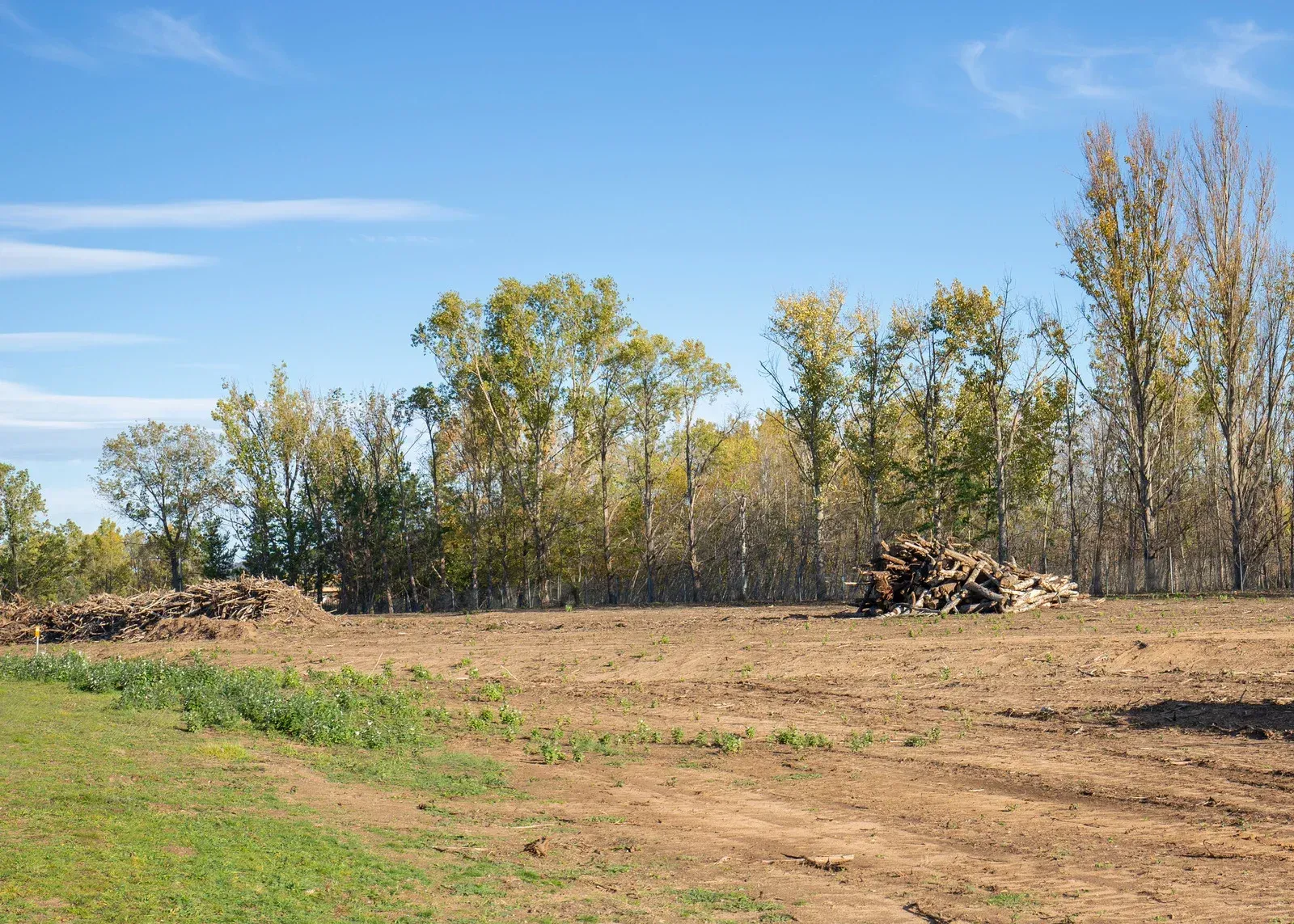French vs. Curtain Drains: Tailoring Drainage Solutions to Your Needs
Water accumulation around your home can lead to significant problems like flooding and foundation damage. To avoid these issues, effective drainage systems are essential. Two common options are
French drains and curtain drains. While both redirect water away from your home, each serves a different purpose and works best in various situations. Let’s break down how each system functions and help you decide which one fits your needs.
What Is a French Drain?
A French drain consists of a trench filled with gravel or rocks, with a perforated pipe placed inside. The purpose is to channel water away from problem areas, such as your foundation or low spots in the yard. As water flows into the trench, it enters the pipe and is directed to a designated drainage area, such as a storm sewer or dry well.
French drains are an ideal choice for properties where water collects in specific spots. If you live in an area with heavy rainfall or a high water table, a French drain can prevent water from seeping into your basement and weakening your foundation.
What Is a Curtain Drain?
A curtain drain operates similarly to a French drain but is typically installed in a broader area. It’s placed along the perimeter of a property or across sloped terrain to intercept and redirect water flowing toward the home. Like the French drain, it uses a trench filled with gravel and a perforated pipe to move water away from the property.
Curtain drains are particularly useful for properties on sloped land or areas with consistent water runoff. By intercepting water before it reaches your home’s foundation, they provide strong protection against erosion and flooding.
French Drains vs. Curtain Drains: Key Differences
Although both systems aim to manage water, they work best in different situations. Here’s a comparison of the two:
- Installation location: French drains are often installed around specific problem areas, like your home’s foundation. Curtain drains are usually placed along the perimeter of the property or on slopes to capture water from larger areas.
- Primary function: French drains are focused on redirecting water from concentrated spots, while curtain drains help manage water flow from larger sections of your land.
- Water flow management: French drains are ideal for localized water buildup, while curtain drains handle runoff across a larger area.
Which Drainage System Is Right for You?
Choosing between a French drain and a curtain drain depends on the unique needs of your property. If water collects next to your foundation or in low points, a French drain will move that water away from these areas. On the other hand, if you have a sloped yard or experience water run-off from higher ground, a curtain drain would be a better option.
Both systems offer excellent protection, but your decision will depend on the layout of your land and the nature of the water problems you’re facing. Consulting with a drainage expert will help you choose the right solution to protect your home from water damage.





